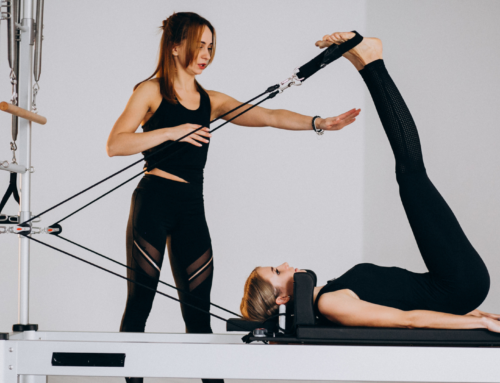Are you wondering whether you have a bulging disc in your back? Did this happen after you were trying to be Dwayne “the Rock” Johnson in the gym? or perhaps you lifted heavy at work? Don’t worry! Here’s a quick guide on what to expect, causes and treatment for the ‘pain in your butt’ literally!

Did you know that our spine is made of tiny bones that are stacked on top of each other? These bones are pretty much likes small blocks of wood creating a column. Now they unite with each other centrally with a gel like substance in the form of a disc called ‘intervertberal disc’. Can you imagine two square blocks of wood with a water filled balloon sandwiched in between?
Also there are joints on either side of the bones called facet joints. Now usually the disc acts like a shock absorber whenever we do heavy tasks. These include sports, heavy lifting and repetitive lifting. However, if there is a weakness in the disc because of lack of exercise or previous injury. The disc is not able to absorb these pressures as efficiently. This leads to disc injury and it bulges to the side. This creates swelling around the disc causing pain as there are a lot of nerves in the surrounding area.
What causes a bulging disc?
Treating a bulging disc
As with anything, prevention is better than cure. Some of the things you can do to keep your back healthy are as follows:
How do Physiotherapists help?
You can be as careful as possible but injuries still occur. It is very important to get examined immediately. According to Australian Physio Association, a physiotherapist can help confirm that you have low back pain and rule out other conditions. Physios are the best people to treat a disc injury without the use of medications or surgery. They use manual techniques like joint mobilizations and massage. There are different stages of a disc bulge and a physio will be able to diagnose you. In the initial stage of the injury physiotherapy will reduce your pain and swelling around the disc. This is followed by gentle exercises to build your core muscles. They will also give you important advice about your specific injury.







